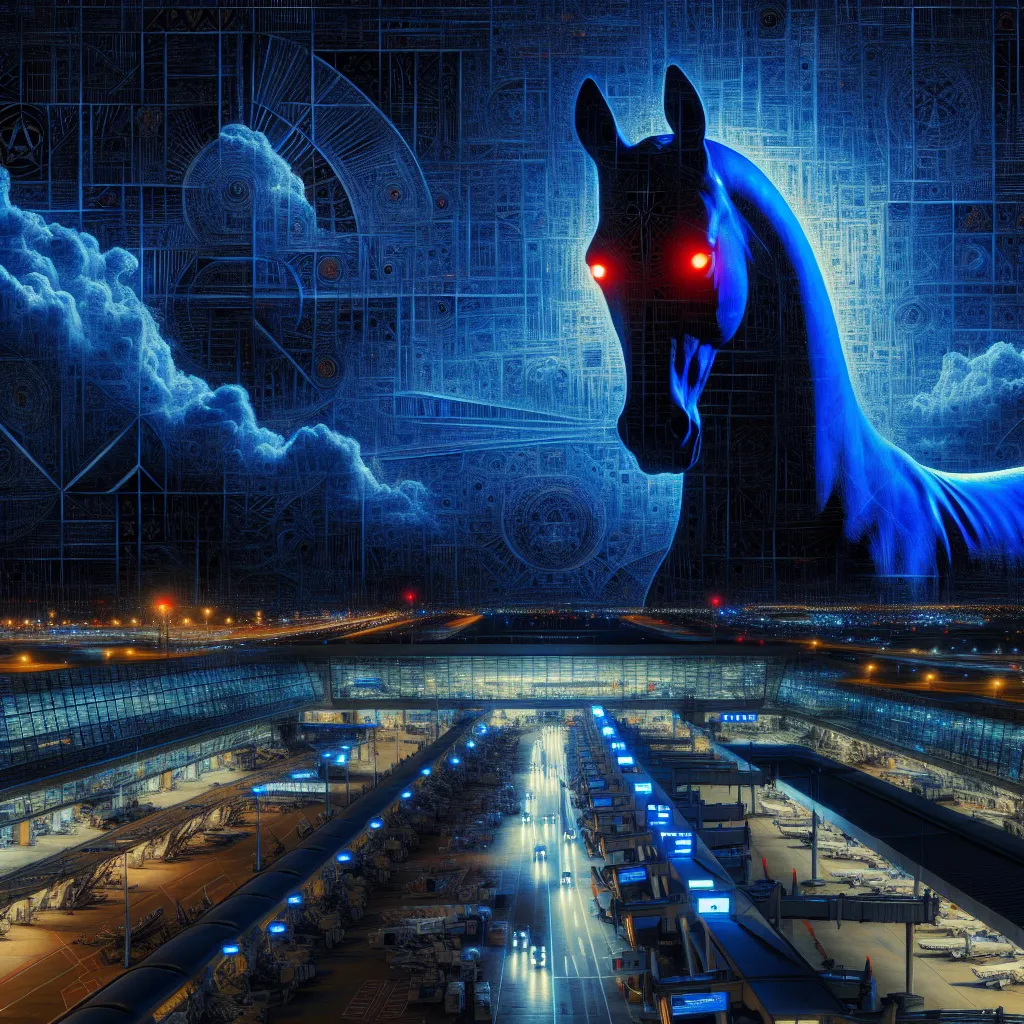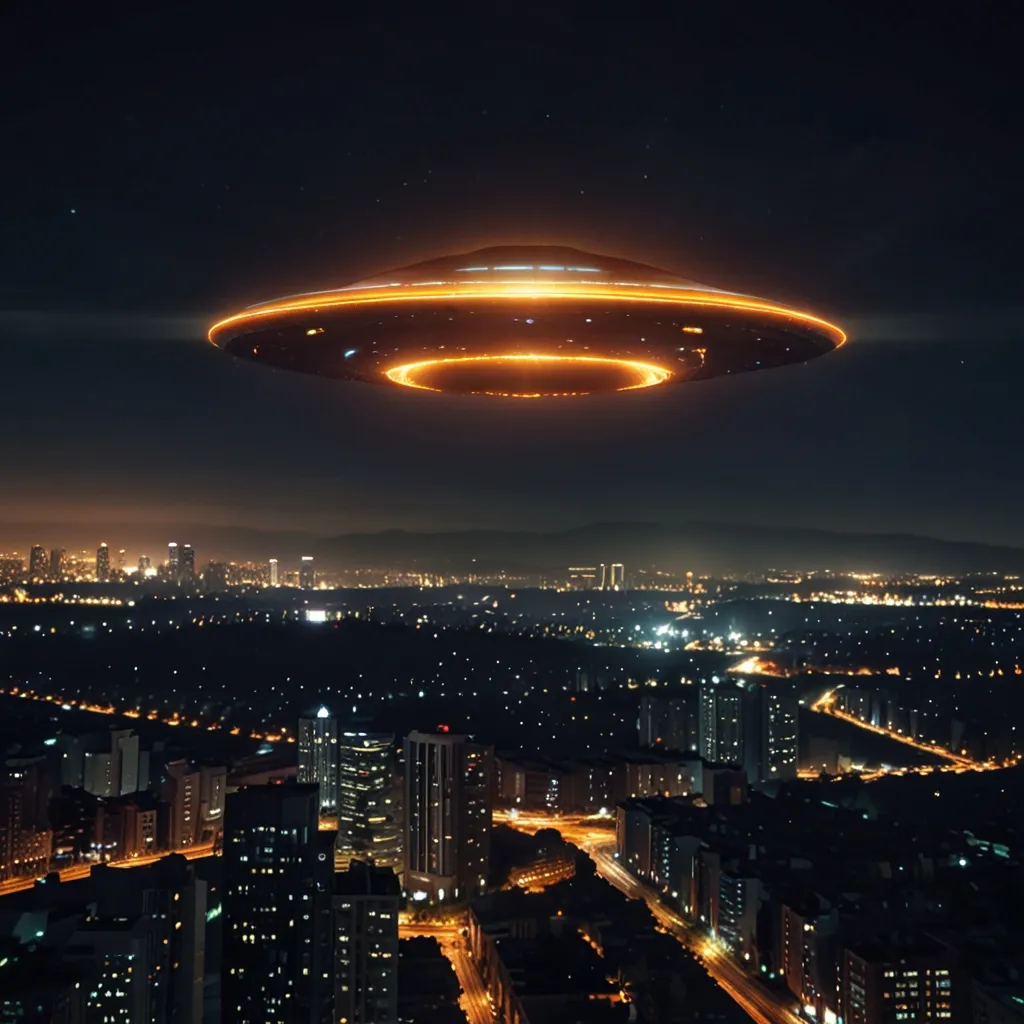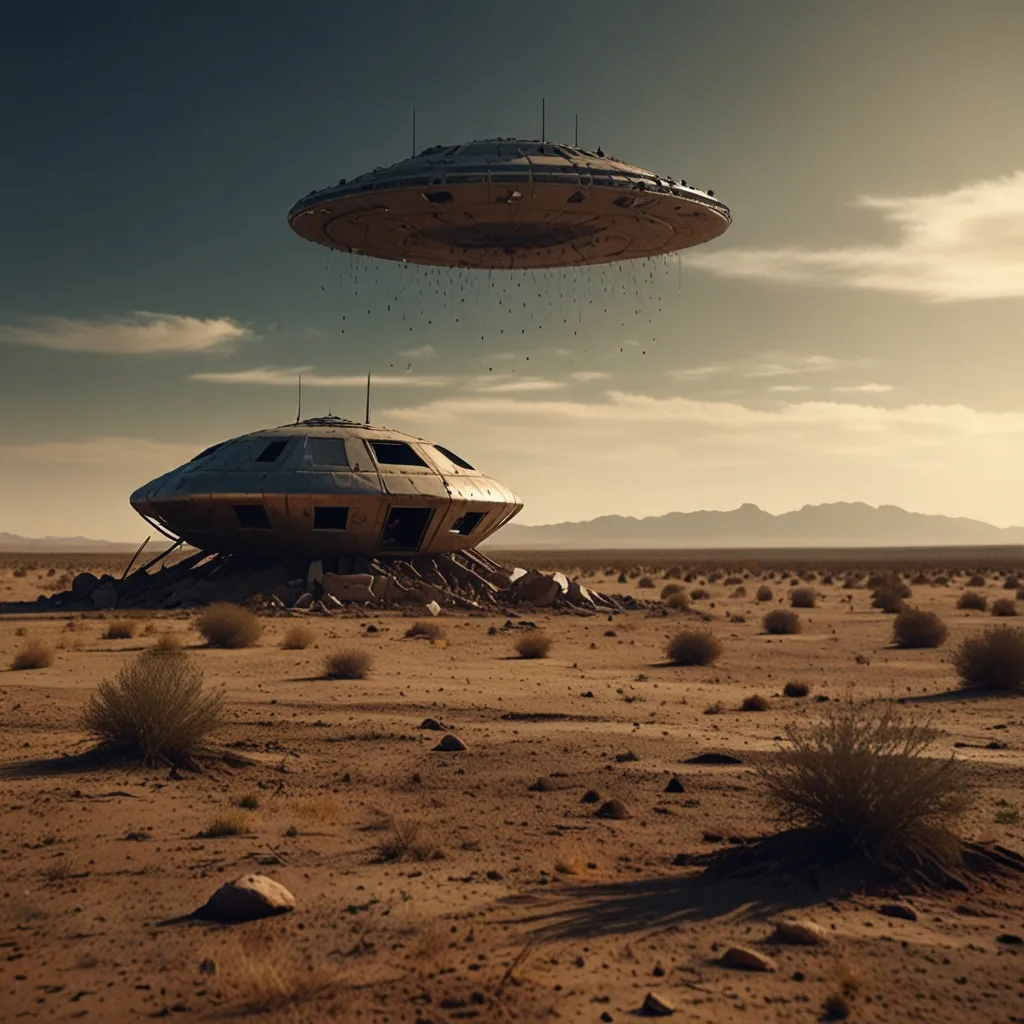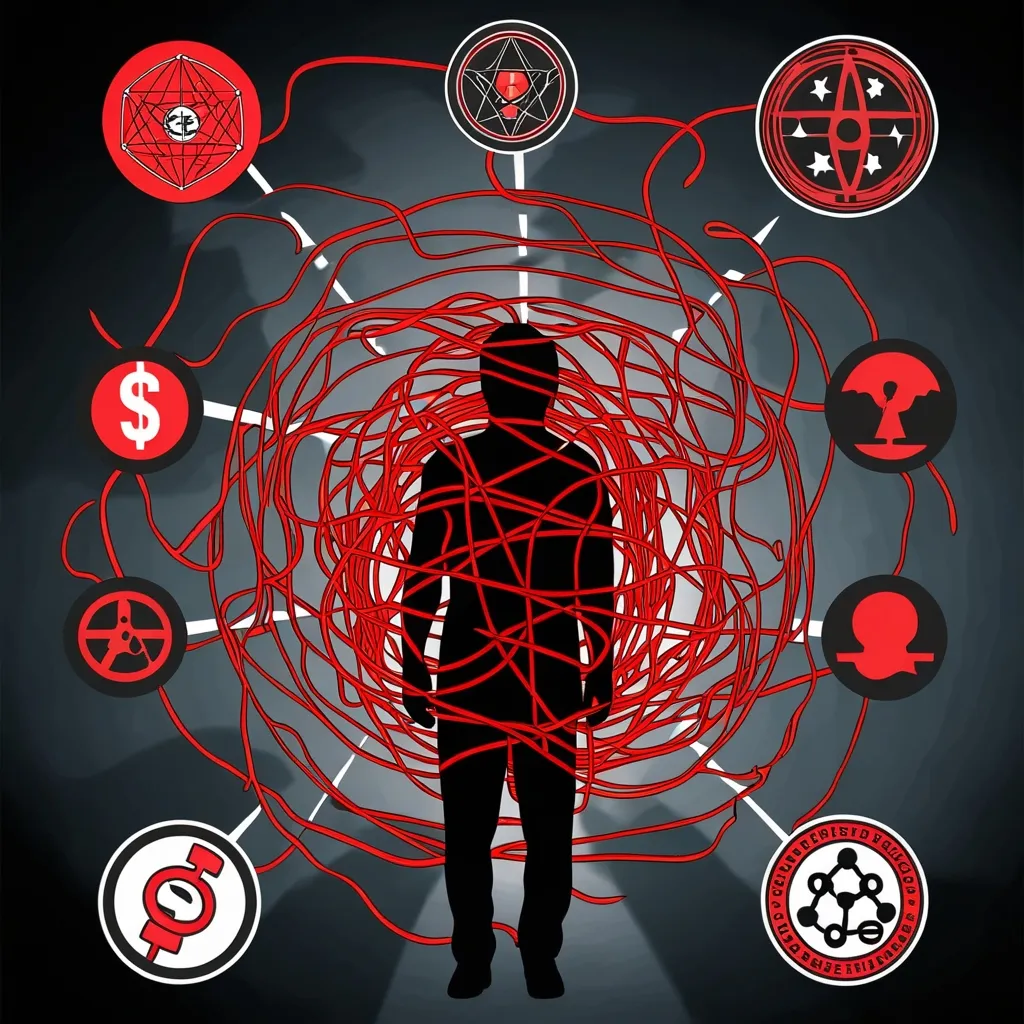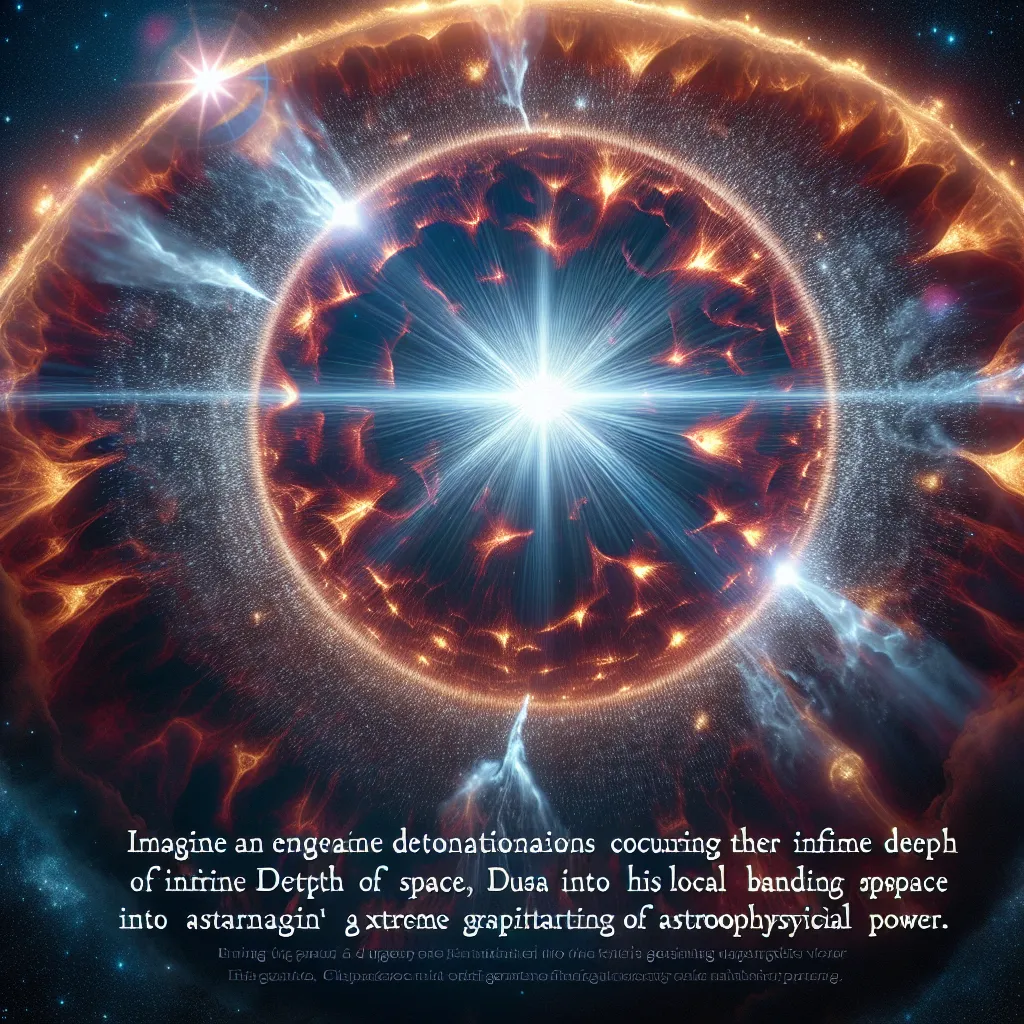As I sat there, pondering the immense mysteries that envelop our world, one particular tale stood out: the Denver International Airport (DIA). Its story is like a tapestry, woven with threads of conspiracy, intrigue, and outright mystery. Let’s dive into it.
First off, the narrative begins with predictions of catastrophic events that could reset humanity. It’s a grim thought, but let’s move on from doomsday scenarios to the specifics of DIA. This airport has been shrouded in mystery since before it was even built. Denver didn’t need another airport, yet they decommissioned Stapleton and built DIA 25 miles outside the city. And the project came with significant overages that fueled its notoriety.
The airport is massive—double the size of Manhattan. Construction was peculiar, with workers being confused about their tasks and an intricate network of underground tunnels being built. There’s talk of six official levels, but some workers suggested there are even more. Something deeper, they said. Stuff like 5,300 miles of fiber optics for communication sounds like overkill for a mere airport.
Furthermore, they built a fueling system to pump 1,000 gallons per minute, and a runway that’s almost three miles long, the longest in the country. Why such extravagant features? The suspicions around the airport didn’t end with its structure.
The airport’s conspiracy theories gained traction with its strange artwork. The first thing greeting you is “Blucifer,” a 32-foot tall horse statue with glowing red eyes. It’s equally eerie inside with murals depicting disturbing scenes that don’t quite fit a travel theme.
Symbols connected to Freemasons and references to supposed secret societies like the Illuminati further fuel the fire. Theories abound about who controls the airport, with some suggesting it’s a hub for these secretive groups.
Why do people believe there’s more to DIA? The underground levels, for one. Extensive tunnels potentially hiding a military base, or worse. People think it’s all connected to a global plan by powerful shadow groups to establish control over populations.
And then there’s the suspicion of depopulation plans, global control mechanisms, weird artworks hinting at control and chaos, Freemason symbols, and underground systems that seem too sophisticated for normal airport operations. If you stitch together these peculiar elements and secretive features, a conspiracy theorist’s nightmare (or dream) emerges.
To further intrigue, certain figures like Phil Schneider have come forward with terrifying details, even alleging things like covert military bases and UFO reverse engineering. His death under mysterious circumstances only added to the legend.
Mainstream explanations try to debunk these theories rationally. They point to the need for new airport infrastructures, safety codes, fire regulations, and practical layouts for the runway designs. They also chalk up murals and art installations to an overzealous artistic touch.
But DIA made one misstep—they mocked these conspiracy theories openly. The airport has a history of putting up signs playing into the conspiracies, which only stoked curiosity rather than quashing it. This kind of invulnerable poking fun didn’t sit well with truth-seekers and conspiracy enthusiasts.
In conclusion, the truth behind Denver International Airport remains buried beneath layers of suspicion and oddities. Whether you’re a skeptic or a believer, one thing is certain: the story of DIA is as compelling as any modern mystery. It’s a treasure trove of provocations for those who seek out the strange and unexplained. And maybe, just maybe, there’s a sliver of truth in the labyrinthine tunnels below.
